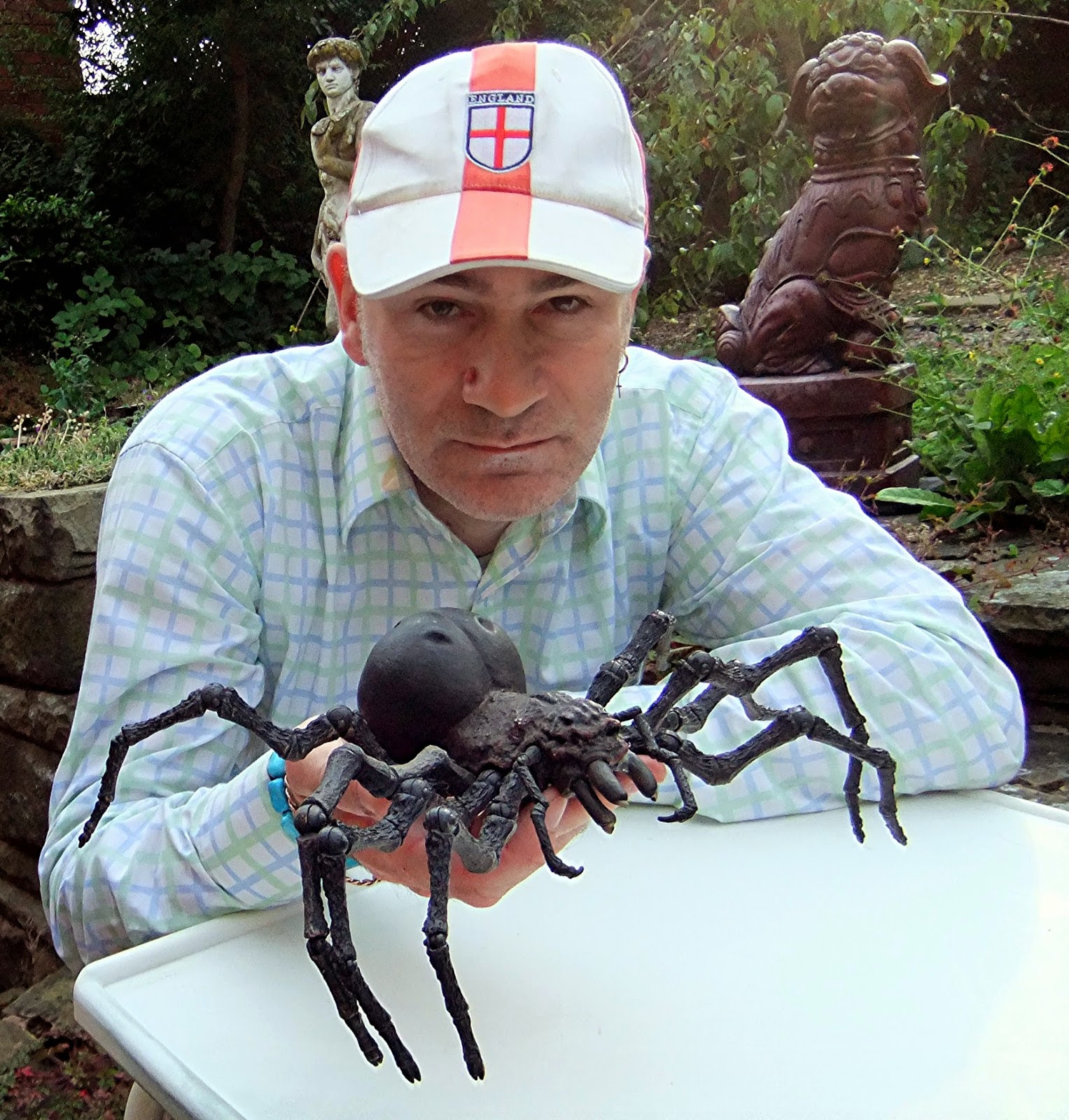Giant spiders have captivated the imagination of many, often evoking awe and fear in equal measure. These remarkable arachnids, found in various habitats around the world, play crucial roles in their ecosystems. In this article, we will delve into the life of giant spiders, exploring their biology, behavior, and the critical roles they play in maintaining ecological balance.
From the fearsome Goliath birdeater to the stunning golden orb-weaver, giant spiders exhibit a diverse range of adaptations that allow them to thrive in their environments. Understanding these creatures is not only essential for appreciating biodiversity but also for recognizing their importance in pest control and maintaining the health of ecosystems. This comprehensive guide will provide insights into giant spiders, their habitats, and their fascinating behaviors.
As we navigate through this article, we will also touch upon the myths and misconceptions surrounding giant spiders, separating fact from fiction. Whether you are a spider enthusiast or simply curious about these creatures, this article aims to provide valuable information that is both engaging and informative.
Table of Contents
- Giant Spider Biography
- Data and Biodata
- Habitats of Giant Spiders
- Physical Characteristics
- Behavior and Diet
- Role of Giant Spiders in the Ecosystem
- Myths and Facts About Giant Spiders
- Conservation of Giant Spiders
Giant Spider Biography
Giant spiders belong to various families within the arachnid class. The term "giant spider" often refers to larger species like the Goliath birdeater or the Brazilian wandering spider. These spiders are known for their impressive sizes, some reaching up to 12 inches in leg span.
Giant spiders are distributed across different continents, primarily in tropical and subtropical regions. Their ecological roles and adaptations vary significantly based on their habitats.
Species Overview
- Goliath Birdeater (Theraphosa blondi)
- Brazilian Wandering Spider (Phoneutria spp.)
- Golden Orb-Weaver (Nephila spp.)
Data and Biodata
| Species | Scientific Name | Habitat | Size | Diet |
|---|---|---|---|---|
| Goliath Birdeater | Theraphosa blondi | Tropical rainforests | Up to 12 inches | Insects, small vertebrates |
| Brazilian Wandering Spider | Phoneutria spp. | Tropical and subtropical areas | Up to 6 inches | Insects, small animals |
| Golden Orb-Weaver | Nephila spp. | Tropical and subtropical forests | Up to 5 inches | Insects |
Habitats of Giant Spiders
Giant spiders thrive in various habitats, each providing unique challenges and resources. Some key habitats include:
- Tropical Rainforests: Rich in biodiversity, these ecosystems provide ample food sources for giant spiders.
- Grasslands: Certain species, like the Brazilian wandering spider, adapt well to open areas.
- Urban Areas: Some giant spiders have adapted to live in human-inhabited areas, showcasing their versatility.
Physical Characteristics
Giant spiders possess several distinctive physical traits that set them apart from smaller species:
- Size: They are notably larger, with some species having leg spans exceeding a foot.
- Coloration: Vivid colors and patterns can serve as camouflage or warning signals.
- Fangs: Larger fangs allow them to subdue prey effectively.
Behavior and Diet
Understanding the behavior and diet of giant spiders helps to appreciate their ecological roles:
- Hunting Techniques: Many giant spiders are ambush predators, relying on stealth and speed.
- Diet: They primarily consume insects but can also prey on small vertebrates.
- Web Construction: Some species, like the golden orb-weaver, create intricate webs for trapping prey.
Role of Giant Spiders in the Ecosystem
Giant spiders play a critical role in maintaining ecological balance:
- Pest Control: By controlling insect populations, they help maintain healthy ecosystems.
- Food Source: They serve as prey for larger animals, contributing to the food web.
- Soil Health: Through their predatory activities, they influence nutrient cycling in the soil.
Myths and Facts About Giant Spiders
There are numerous myths surrounding giant spiders that can lead to misunderstandings:
- Myth: All giant spiders are dangerous to humans.
- Fact: While some species can be venomous, most are not aggressive and pose little threat to humans.
- Myth: Giant spiders are pests.
- Fact: They are beneficial for controlling pest populations.
Conservation of Giant Spiders
Conservation efforts are crucial to protect giant spider populations:
- Habitat Protection: Preserving natural habitats is essential for their survival.
- Research: Ongoing studies help to understand their ecological roles and threats.
- Public Awareness: Educating the public about the importance of spiders can foster a positive attitude towards them.
Conclusion
In conclusion, giant spiders are fascinating creatures that play vital roles in our ecosystems. From pest control to serving as a food source for other animals, their ecological importance cannot be overstated. By understanding and appreciating these remarkable arachnids, we can contribute to their conservation and ensure they continue to thrive in their natural habitats.
We encourage you to leave your thoughts in the comments section below, share this article with fellow spider enthusiasts, and explore more of our content to learn about the diverse world of wildlife.
Penutup
Thank you for taking the time to read about the captivating world of giant spiders. We hope you found this article informative and engaging. Don’t forget to visit us again for more insights into the fascinating lives of various creatures around the globe!
Also Read
Chris Martin: The Journey Of A Modern Music IconThe Judds: A Legacy Of Country Music And Family
Unveiling The Truth Behind Ex-Intel Official Wood: A Deep Dive
Winnie The Pooh And Xi Jinping: A Cultural Phenomenon
Everything You Need To Know About Steelers Tickets: A Comprehensive Guide
Article Recommendations
- Sep 19 Zodiac
- Is Discord Banned In Turkey
- Astrological Sign For October 4
- Sugar Babies
- Ab Booster Plus
- Henry Cho Comedian Wife
- What Do Pumpkins Grow On
- Pokimane Gaming
- What Happened To Ronnie Coleman
- What Does Nick Saban Daughter Do
:max_bytes(150000):strip_icc()/close-up-of-spider-on-hand-699166199-5b42059bc9e77c0037034a69.jpg)
:max_bytes(150000):strip_icc():focal(719x9:721x11)/Rare-giant-spider-found-in-Australia-032323-1-3a5b7adfd64a44258979d9444808d38e.jpg)


